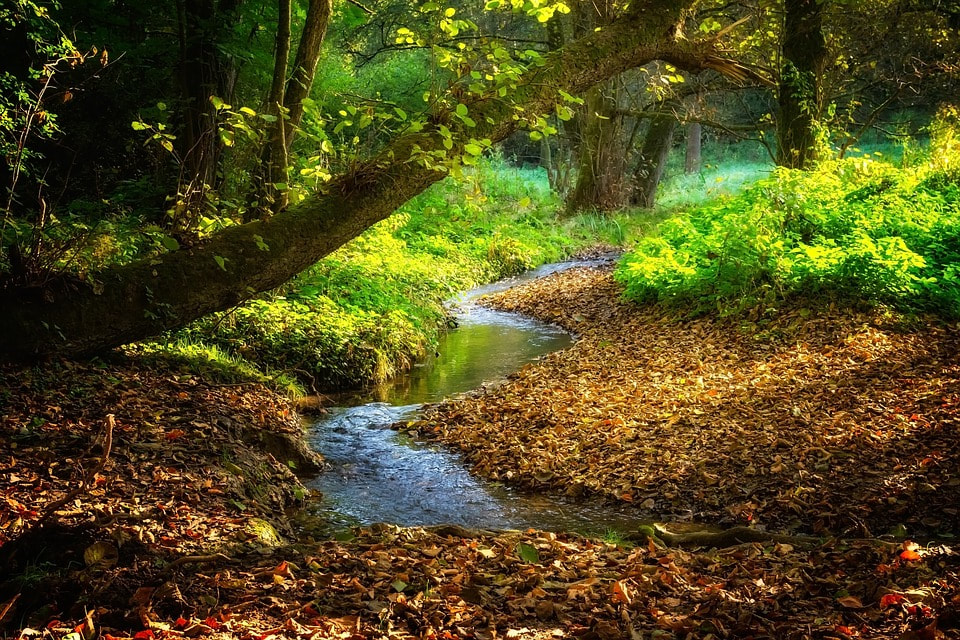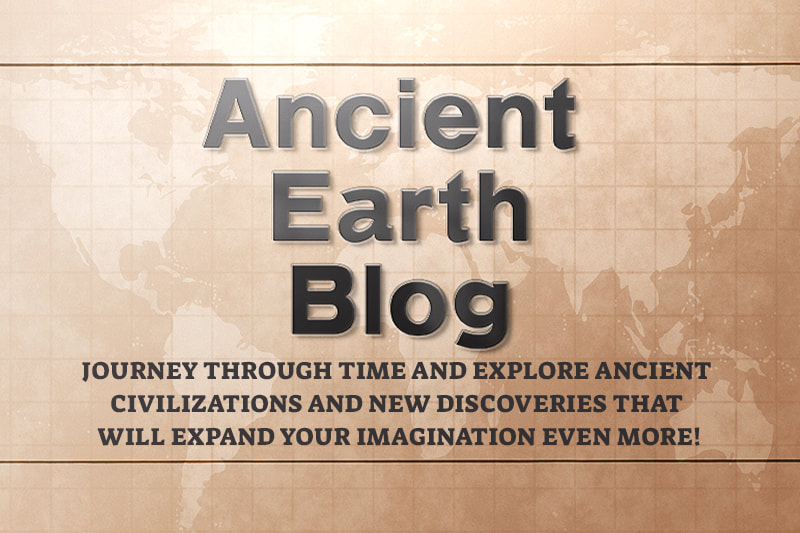|
Freshwater ecosystems occupy the smallest part of the globe in comparison with other ecosystems, but their importance is very great because they are the only source of freshwater, which is necessary not only for the existence of all living things but also for human activities. Ecosystems of freshwater bodies are divided into flowing and standing. Flowing freshwater ecosystems include streams and rivers. Their area is small in comparison with the area of oceans. For the organisms of these ecosystems, the mobility of the waters becomes important, contributing to the mixing and supply of organic matter from neighboring lakes and terrestrial ecosystems. The main zones in river ecosystems are determined by the gradient of the riverbed or the speed of the current. The rapid movement of turbulent water, as a rule, contains higher concentrations of dissolved oxygen, which maintains great biodiversity. The main biological resources of freshwater ecosystems are fish. They number about 8,300 species. Rivers, springs, and streams are called lotic ecosystems. They differ from standing freshwater bodies by the following features: 1) the presence of a current; 2) more active exchange between water and land; 3) a higher oxygen content and its uniform distribution. The flow is a very important limiting factor in lotic ecosystems - it affects the distribution of organisms and the content of gases and salts. Aquatic ecosystems are able to initiate the natural process of formation of clean waters. Unique species of flora and fauna provide this water purity for each specific water body. Inhabitants of rivers and streams form fragile freshwater ecosystems. At present, most lotic ecosystems are subjected to the negative impact of human activity. A huge amount of industrial and household waste is dumped into rivers and streams. Many rivers are affected by hydraulic structures (power plants, dams). As a result, self-purification processes are disturbed in these ecosystems, damaging plants, animals, and water quality. The history of mankind’s development is closely connected to the rivers that provide water and transport. The rivers and streams belong to the natural ecosystems most used by man. Huge masses of water circulate between nature and the highly industrialized human communities; only a very small part of the water is used for human physiological needs. This cycle in many places is so fast that disinfection and other persistent waste does not have time to decompose in nature before the water enters your water faucet again. The water problem is so critical that the US federal government has recently been forced to establish a number of local water research laboratories, where hydrochemistry experts, sanitary engineers, and hydro-ecologists can work together. All ecosystems of the planet are interconnected. This relationship is based on the cycling of substances. Some of the substances from some ecosystems are transported by water or air currents to other ecosystems. Living organisms, primarily animals, play a vital role in the interaction of ecosystems. Moving by land, air or water, animals can become inhabitants of various ecosystems. For example, salmon fish spend most of their lives in the sea, but they rise into rivers to spawn, becoming river inhabitants for a time. In addition, changes in some ecosystems, occurring under the influence of human activity, can lead to changes in the structure and stability of others. Drainage of swamps often leads to the death of the adjacent forest. Deforestation leads to increased weathering of the soil layer, lowering the level of groundwater. The result will be a shallowing of rivers, reservoirs, which means a decrease in freshwater reserves. Therefore, it is necessary to maintain the diversity of ecosystems - the basis of the biodiversity of the planet. It is important to preserve protected areas with a rich species composition, which can be a source of species for the emerging community. All ecosystems of the planet are components of a single global ecosystem - the biosphere. A global biological cycle of substances that supports the existence of the biosphere as a whole depends on many intertwined cycles of individual ecosystems, including rivers and streams. Therefore, let’s preserve every single smallest ecosystem that exists and make the first step towards the brighter future of our planet. “Study how water flows in a valley stream, smoothly and freely between the rocks. Also, learn from holy books and wise people. Everything - even mountains, rivers, plants and trees - should be your teacher.” Morihei Ueshiba
0 Comments
Leave a Reply. |
AuthorArchives
November 2022
CategoriesVisit our other BLOGS!
|
|


 RSS Feed
RSS Feed




